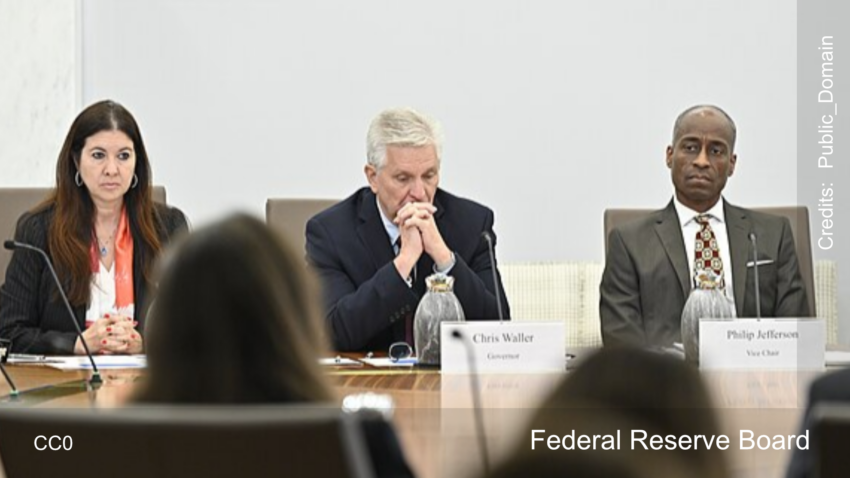Jerome Powell, the Federal Reserve Chair, remains firm in his stance despite Trump’s criticisms. Powell recently stated he would not resign, even if pressured by Trump. According to reports from various financial news outlets, Powell affirmed that the White House cannot legally demote Fed governors from their leadership roles. The Fed’s recent decision to lower interest rates by a quarter point reflects a broader strategy to combat inflation, which has been easing. Rates now range between 4.5% and 4.75%, down from the previous high of 5.25% to 5.5%.
- Fed’s Rate Cuts and Inflation Progress: Under Jerome Powell, the Federal Reserve recently cut interest rates to a range of 4.5% to 4.75% to combat inflation, which is easing, with the PCE price index near the Fed’s target at 2.1%.
- Powell’s Independence Amid Trump’s Criticism: Powell has affirmed he will not resign under pressure and emphasized the Fed’s legal independence from executive influence, despite Trump’s criticism of rate cuts and hints at intervening.
- Election Impact on Economic Perception: Trump’s re-election was influenced by voter concerns over inflation, which peaked at 9.1% in 2022. Opponent Kamala Harris faced challenges over inflation, which became a key election issue.
- Future Fed Policy Outlook: The Fed’s December meeting will provide insight into its path forward, with Powell committed to balancing inflation control and employment stability, despite potential political pressure.
The personal consumption expenditure (PCE) price index, a key inflation measure, dropped to 2.1%, nearing the Fed’s target of 2%. Similarly, the consumer price index (CPI) fell to 2.4% in September, the lowest in three years. Powell expressed confidence in the Fed’s path toward sustainable inflation control but cautioned that their work is not yet complete. The Fed’s dual mandate requires balancing inflation while maintaining employment levels. Inflation peaked at 9.1% in 2022, raising fears of rising unemployment and potential recession. Yet, unemployment remains relatively stable at 4.1%, although job growth slowed in October.
The rate cuts have made borrowing cheaper, with mortgage rates dropping by 1% compared to last year. However, fluctuations persist amid the presidential election. Trump’s recent re-election raises questions about the Fed’s future. Many analysts attribute Trump’s victory to concerns over rising inflation. Voters faced the burden of increasing costs during the election. His opponent, Kamala Harris, struggled to deflect criticism over inflation’s impact on the White House.
In August, Trump criticized potential Fed rate cuts before the election, stating they were unnecessary. He has hinted at intervening in Fed decisions, challenging its traditional independence from the executive branch. Powell, appointed by Trump in 2018, will serve until May 2026. Trump indicated he would allow Powell to complete his term, provided he agrees with his decisions. However, Trump also expressed a desire to influence Fed decisions, claiming his business success gives him better instincts than Fed officials.
Powell reassured that the election does not affect Fed policies immediately. He emphasized that the Fed avoids speculating on policy changes and their economic impacts. The next Fed meeting is scheduled for December 10 and 11.

